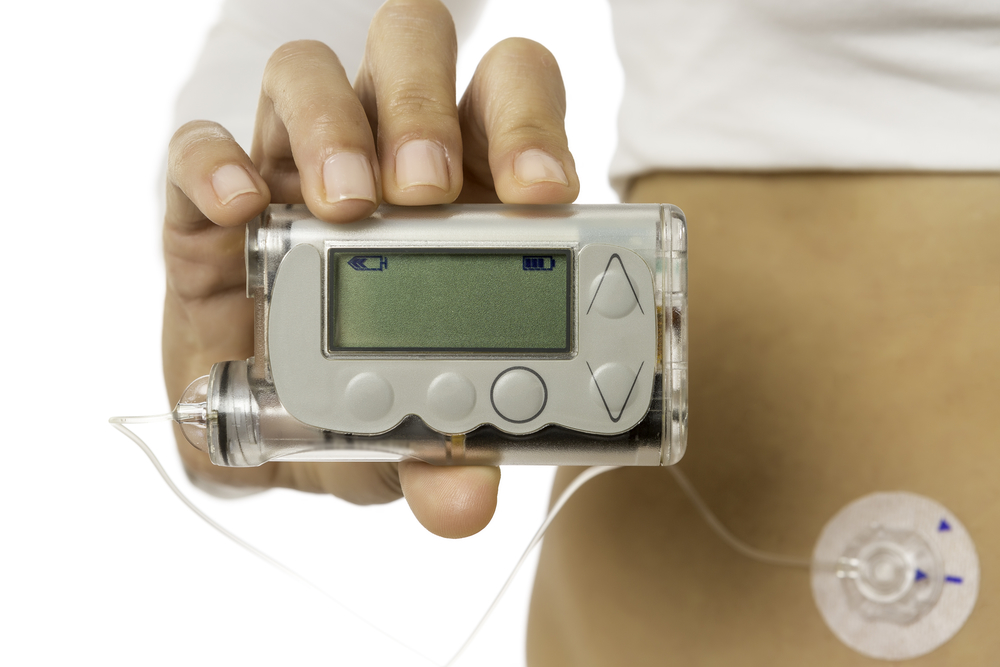
Essential Performance (EP) initially came into the IEC 60601 series of standards when the 3rd edition of IEC 60601-1:2005 was published. The definition was quite confusing and many manufacturers, regulators and test houses had a hard time with it and how to apply it properly. In 3rd edition (2005) + amendment 1 (2012) some clarification came into play which made it easier to understand but there is still a fair amount of confusion.
About 2 years ago a test lab did some research and brought up the issue that a significant number of test reports (a high percentage of them) of critical devices didn’t define essential performance appropriately to the Sub Committee SC62A on “Common aspects of electrical equipment used in medical practice”. From this research, an ad-hoc group was formed to come up with a solution.
The initial solution was to come up with this Interpretation Sheet (ISH) to explain Essential Performance (clause 4.3 which is not as clear as the ISH but for those that know the standard have been doing it this way for years) and Single Fault Condition (SFC) (clause 4.7) that is related to Essential Performance. Access a copy thru the IEC website if you know where to find it or the easier route is to download it here. Note, this document doesn’t cover all the issues about Essential Performance as it is a complex situation but it does help explain some of the issues involved. The ISH per IEC requirements is limited to 2 pages of written text of explanation allowed by IEC requirements and so has a constraint on how detailed it can get. It is good for explaining the concept for the General standard IEC 60601-1, edition 3.1 which covers also ed. 3.2 (no change there). The General standard concept is based on limits but for some Particular standards (IEC 60601-2-XX or IEC/ISO80601-2-XX), limits don’t work for all products applicable (not all display-based product that the clinical function is based on the display function for example). But the ISH doesn’t really get into the details of how EP deals with Particular standards much (covered a little in the ISH) so that really needs to be looked at further still.
So, what is the next step? This ad-hoc group with the help of some additional people in the standards development community (I hope to be in this group) will start in the next couple of months (probably after the IEC TC 62 General meeting of April 12 – 23, 2021) to work on a guidance document to provide further guidance on EP as I still find that many regulators around the world, test labs, and manufacturers all have varying understanding of what EP & SFC are.
This varying understanding has a huge impact on projects as if say the test lab asks the manufacturer what their EP is, the manufacturer may say I don’t have any, the test lab will check the test report form (TRF) as none. When gets to say FDA the first thing FDA would ask is why is there no EP on the device? If found out there is EP the client would have to retest under the applicable IEC 60601-1, Particular (60601-2-XX/80601-2-XX) and Collateral Standards (60601-1-XX) + the EM Disturbances standard IEC 60601-1-2 which would add cost and time delays to a project.
Need help with Essential Performance. Feel free to schedule a call with Leo www.EisnerSafety.com/Schedule-Call/ or contact Leo at Leo@EisnerSafety.com.
